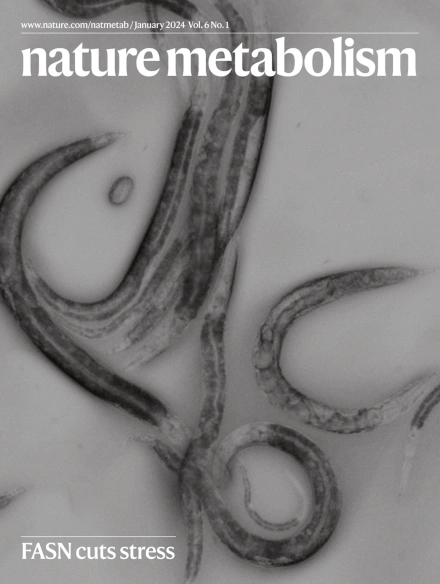Subcutaneous depth-selective spectral imaging with mμSORS enables noninvasive glucose monitoring
IF 18.9
1区 医学
Q1 ENDOCRINOLOGY & METABOLISM
引用次数: 0
Abstract
Noninvasive blood glucose monitoring offers substantial advantages for patients, but current technologies are often not sufficiently accurate for clinical applications or require personalized calibration. Here we report multiple μ-spatially offset Raman spectroscopy, which captures Raman signals at varying skin depths, and show that it accurately detects blood glucose levels in humans. In 35 individuals with or without type 2 diabetes, we first determine the optimal depth for glucose detection to be at or below the capillary-rich dermal–epidermal junction, where we observe a strong correlation between specific Raman bands and venous plasma glucose concentrations. In a second study, comprising 230 participants, we then improve accuracy of our regression model to reach a mean absolute relative difference of 14.6%, without personalized calibration, whereby 99.4% of calculated glucose values fall into clinically acceptable zones of the consensus error grid (zones A and B). These findings highlight the ability and robustness of multiple μ-spatially offset Raman spectroscopy for noninvasive blood glucose measurement in a clinical setting. In this study, multiple μ-spatially offset Raman spectroscopy is used to determine blood glucose levels noninvasively in humans, achieving comparatively high accuracy in a clinical setting.


使用μ sors的皮下深度选择性光谱成像可以实现无创血糖监测
无创血糖监测为患者提供了巨大的优势,但目前的技术往往不够准确,无法用于临床应用或需要个性化校准。在这里,我们报道了多μ-空间偏移拉曼光谱,它可以捕获不同皮肤深度的拉曼信号,并显示它可以准确地检测人体的血糖水平。在35名患有或不患有2型糖尿病的患者中,我们首先确定葡萄糖检测的最佳深度是在毛细血管丰富的真皮-表皮交界处或以下,在那里我们观察到特定拉曼带与静脉血浆葡萄糖浓度之间的强烈相关性。在第二项包括230名参与者的研究中,我们提高了回归模型的准确性,在没有个性化校准的情况下达到14.6%的平均绝对相对差,其中99.4%的计算血糖值落在共识误差网格的临床可接受区域(区域a和B)。这些发现突出了多μ空间偏移拉曼光谱在临床环境中用于无创伤血糖测量的能力和鲁棒性。
本文章由计算机程序翻译,如有差异,请以英文原文为准。
求助全文
约1分钟内获得全文
求助全文
来源期刊

Nature metabolism
ENDOCRINOLOGY & METABOLISM-
CiteScore
27.50
自引率
2.40%
发文量
170
期刊介绍:
Nature Metabolism is a peer-reviewed scientific journal that covers a broad range of topics in metabolism research. It aims to advance the understanding of metabolic and homeostatic processes at a cellular and physiological level. The journal publishes research from various fields, including fundamental cell biology, basic biomedical and translational research, and integrative physiology. It focuses on how cellular metabolism affects cellular function, the physiology and homeostasis of organs and tissues, and the regulation of organismal energy homeostasis. It also investigates the molecular pathophysiology of metabolic diseases such as diabetes and obesity, as well as their treatment. Nature Metabolism follows the standards of other Nature-branded journals, with a dedicated team of professional editors, rigorous peer-review process, high standards of copy-editing and production, swift publication, and editorial independence. The journal has a high impact factor, has a certain influence in the international area, and is deeply concerned and cited by the majority of scholars.
 求助内容:
求助内容: 应助结果提醒方式:
应助结果提醒方式:


